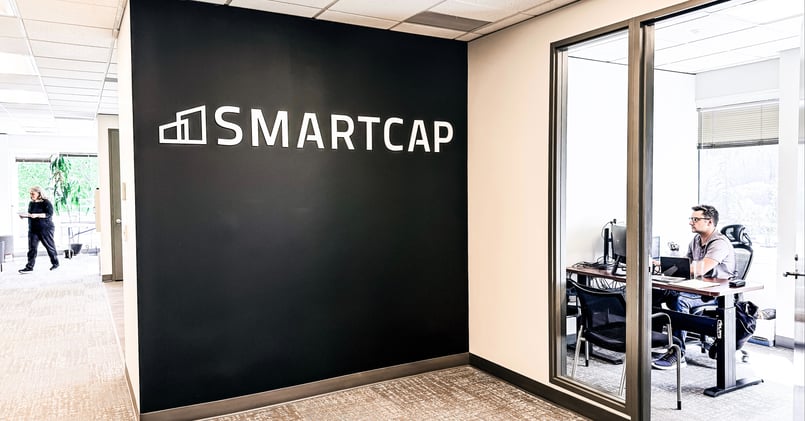
Industrial property development presents a world of opportunity for investors and developers looking to capitalize on the growing demand for logistics, manufacturing, and distribution facilities. However, success in this competitive arena requires a well-structured and comprehensive business plan that guides your project from concept to completion. In this article, we'll delve into the essential components of a winning business plan for industrial property development.
Creating a Winning Business Plan for Industrial Property Development
1. Executive Summary: Setting the Stage
The executive summary serves as the introduction to your business plan. It should succinctly outline the project's goals, the location of the development, the target market, and a brief overview of the financial projections. This section provides readers with a clear understanding of the project's purpose and potential, setting the stage for the rest of the plan.
2. Market Analysis: Understanding Demand and Trends
A thorough market analysis is crucial for assessing the demand for industrial properties in your chosen location. Identify key market trends, economic indicators, and industry growth projections that influence the demand for industrial spaces. Understand your competition and highlight the unique selling points that differentiate your development from others in the market.
3. Location Selection: The Power of Location
Location is a critical factor in the success of an industrial property development. Discuss why you've chosen the specific location, emphasizing factors such as proximity to transportation networks, access to suppliers and markets, and the overall business ecosystem. Explain how the location aligns with the needs of potential tenants or buyers.
4. Property Details: Design and Functionality
Describe the physical attributes of the industrial property you plan to develop. Discuss the layout, size, features, and amenities that will make your development attractive to potential tenants or buyers. Address zoning requirements, environmental considerations, and any unique challenges associated with the property.
5. Development Strategy: Phases and Timeline
Outline your development strategy, detailing the various phases of the project and the estimated timeline for completion. Highlight key milestones, such as obtaining necessary permits, breaking ground, completing construction, and achieving occupancy. A well-defined development strategy demonstrates your project's feasibility and your ability to execute it efficiently.
6. Financial Projections: Numbers that Tell the Story
The financial projections section is a critical component of your business plan. Include estimates of development costs, construction timelines, expected rental or sales income, and projected expenses. Provide a comprehensive analysis of your return on investment (ROI) and potential profit margins. Incorporate sensitivity analysis to demonstrate your understanding of potential risks and how they might impact the project's financial outcomes.
7. Marketing and Leasing Strategy: Attracting Tenants or Buyers
Detail your marketing and leasing strategy for attracting tenants or buyers to your industrial property development. Outline how you plan to position the property in the market, your marketing channels, and your approach to tenant or buyer acquisition. Emphasize the benefits and value propositions that your property offers to potential occupants.
8. Risk Assessment and Mitigation: Navigating Challenges
Every real estate development project comes with risks. Identify potential challenges or obstacles that could impact your project's success, such as regulatory hurdles, construction delays, or changes in market demand. Provide a comprehensive plan for mitigating these risks, demonstrating your proactive approach to handling uncertainties.
9. Management Team and Partnerships: Strength in Collaboration
Introduce the key members of your management team and highlight their expertise and experience in industrial property development. If applicable, discuss any partnerships or collaborations that bring unique skills or resources to the project. A strong and capable team inspires confidence in potential investors, lenders, and partners.
10. Exit Strategy: Plan for the Future
Discuss your exit strategy for the industrial property development. Whether your plan is to lease the property to tenants, sell it to investors, or hold it for long-term appreciation, provide a clear outline of your strategy and the expected timeline for executing it. A well-defined exit strategy shows that you're thinking ahead and planning for the project's long-term success.
Building Success from the Ground Up
Creating a winning business plan for industrial property development requires careful consideration of every aspect of the project. From analyzing the market and selecting the optimal location to outlining financial projections and demonstrating risk management, a well-crafted business plan serves as a roadmap for success. By addressing each of these key components with thoroughness and detail, you'll not only attract potential investors and lenders but also position yourself for a successful industrial property development venture. Remember, a solid business plan is not just a document—it's the foundation upon which your project's success is built.
TAGS: Musings
